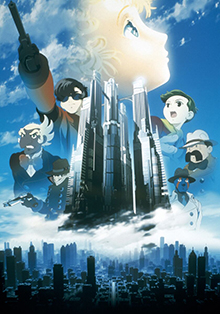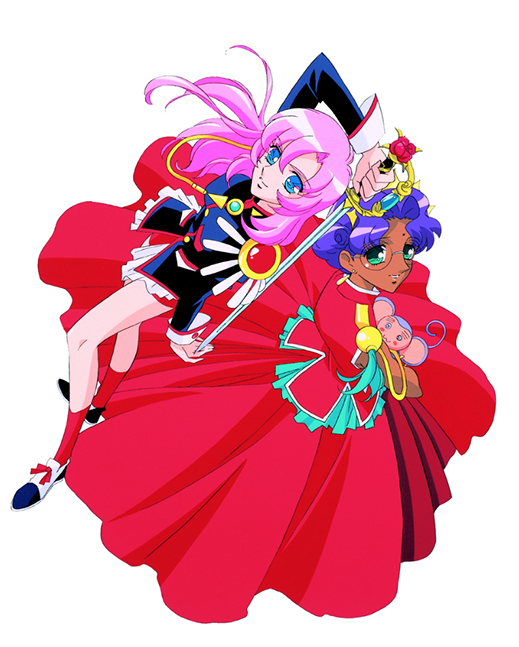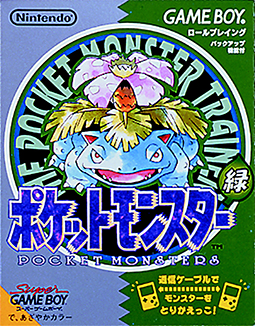 |
Focus features two in-depth reviews each month of fine art, architecture and design exhibitions and events at art museums, galleries and alternative spaces around Japan. The contributors are non-Japanese art critics living in Japan. |
|
|
 |
 |
 |
It's No Game: The Manga * Anime * Games from Japan Exhibition
Christopher Stephens |
 |
Exhibition view at the National Art Center, Tokyo earlier this year (the content and structure of the Kobe show differ somewhat). |
Osamu Tezuka's influence on Japanese anime and manga has proven to be enduring and pervasive. So much that the Astro Boy creator's death in 1989 is now viewed as the dividing line between two distinct historical periods, just as Emperor Hirohito's death, one month before Tezuka's, marks the end of the Showa era and the beginning of Heisei. In the intervening 25 years or so, manga, anime, and games have continued to evolve both technically and artistically, increasingly informing and overlapping with each other, as outlined in the Manga * Anime * Games from Japan exhibition that debuted at the National Art Center, Tokyo earlier this year and is currently on view at the Hyogo Prefectural Museum of Art in Kobe until November 23.
|
 |
|
|
|
Metropolis, an animated feature based on an Osamu Tezuka story that was released in 2001. (© Tezuka Productions / Metropolis Committee)
|
For those without a grounding in the subject, the foldout timeline in the back of the exhibition catalogue provides a useful introduction, color-coding the works to distinguish between the three genres, arranging them in chronological order, and showing how long each continued. The very first post-Tezuka work, a manga called Kiseiju (Parasite), was originally serialized from 1988 to 1995, but has recently enjoyed a second life as a live-action movie and animated TV series. The story centers on a high-school student named Shinichi Izumi who is suddenly attacked by a parasite, which, failing to gain control of his head, settles instead in his right arm. Dubbing the unwanted visitor Migi ("right"), Izumi struggles to coexist with the creature, which is equipped with eyes and a mouth and the ability to change shape at will, assuming the form of a dinosaur, a winged beast, or a small pencil-wielding cyclops. Needless to say, these sudden appearances and transformations are a constant challenge to Izumi's social life. In the exhibition, Kiseiju is classified as an example of a mainstream manga inspired by Tezuka's sci-fi leanings.
The most recent entry in the manga category is the rather short-lived 2012 series Sunny Sunny Ann! Unlike so much manga art, which is immediately identifiable as Japanese, this work is notable for its distinctly Western look, due partly to the use of fast, sketchy lines and a loose composition. It focuses on Ann, a woman whose sole possession is a car and sole purpose in life traveling. Like On the Road or Route 66, this formula allows artist Miki Yamamoto to take the story in any direction she pleases, as her protagonist, known for her sunny disposition, encounters a variety of people and ruminates on subjects like solitude and family. The manga was awarded the Osamu Tezuka New Artist Prize in 2013.
 |
|
Utena Tenjo and Anthy Himemiya, heroines of Revolutionary Girl Utena, a popular manga and animated series of the 1990s. (© Be-Papas & Chiho Saito / Shogakukan, Shokaku Iinkai, TV Tokyo; © Shojo Kakumei Utena Seisaku Iinkai) |
Among the anime works in the show are several in the Sailor Moon (or more precisely Pretty Guardian Sailor Moon) mode, featuring young girls with extremely large eyes and busts clad in stylishly modified school uniforms, and long, flowing tresses radiating out into the air. But appearances can be deceptive. Shojo Kakumei Utena (Revolutionary Girl Utena or Le Fillette Revolutionnaire), for example, was inspired by the avant-garde theater of Shuji Terayama (1935-83), and even boasts a soundtrack by J.A. Seazer, resident composer in Terayama's troupe Tenjo Sajiki. Enamored with a prince who rescued her as a child following the death of her parents, Utena Tenjo dons men's clothing, loosely based on an 18th-century French soldier's uniform, and devotes herself to becoming a prince. At a girls' boarding school she meets Anthy Himemiya (aka the Rose Bride), and together the two engage in a series of dueling games with high-ranking members of the student council in an effort to attain the elusive "power to revolutionize the world." With obvious references to the all-female theater company Takarazuka Revue and student life at its feeder school, Takarazuka Music School, the complex plot hinges on sisterly bonding and love without ever crossing into explicit sexual content.
 |
|
 |
|
|
|
Red and green versions of Pocket Monster software made for Nintendo's Game Boy device. (© 1995 Nintendo / Creatures Inc. / Game Freak Inc.) |
To the casual viewer, games would at first appear to be a distinct field from manga and anime, but as the exhibition explains, recent years have seen a tremendous cross-pollination between the genres, as manga characters spring to life in their own games, game characters are fleshed out in anime, and anime characters are flattened into manga. This of course is a marketer's dream, and the last part of the exhibition has a decidedly commercial feel to it -- closer to a game center or an appliance shop than a museum.
Overall, the show is somewhat overwhelming and would have benefited from a tighter focus. Also, despite the presence of passable English translations next to individual works, the large and quite complex historical commentaries explaining key concepts and trends in each genre are provided only in Japanese. This makes it hard to get a grip on how the works influenced each other and how the genres have developed. As a result, everything tends to blur together. On the other hand, if you are content to simply immerse yourself in the displays and judge each work on its own merit, there is plenty to enjoy, including about a dozen anime constantly showing on large screens, and a row of hit games like Street Fighter, Let's Go by Train!, and Final Fantasy that visitors are free to play with.
All images provided by the Hyogo Prefectural Museum of Art.
|
 |
 |
Christopher Stephens
Christopher Stephens has lived in the Kansai region for over 25 years. In addition to appearing in numerous catalogues for museums and art events throughout Japan, his translations on art and architecture have accompanied exhibitions in Spain, Germany, Switzerland, Italy, Belgium, South Korea, and the U.S. His recent published work includes From Postwar to Postmodern: Art in Japan 1945-1989: Primary Documents (MoMA Primary Documents, 2012) and Gutai: Splendid Playground (Solomon R. Guggenheim Museum, 2013). |
|
 |
|